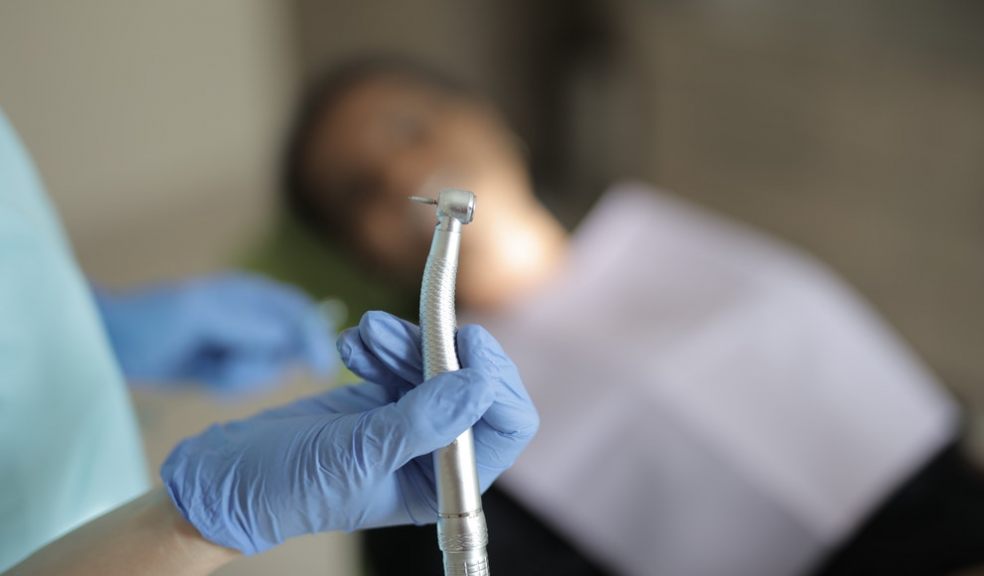
5 Specialist drills that play important roles
Human beings are the dominant species on earth in part because of our ingenious use and development of tools – a trait that we only share with a few other clades of animal. Drills are one of our most important tools. Drills allow us to mine, safely operate on teeth, bore tunnels, and manufacture machines.
With so many uses, it is not surprising to learn that there are many kinds of specialist drills in use. Here are five of the most important kinds of specialist drill. This is only a quick overview; there are hundreds of kinds of different drilling tools.
Dentistry Drills
The high pitched whine of a dentist’s drill (known as a “handpiece”) is likely to instil fear in a great many readers. Despite this, compressed air powered dentistry handpieces have made dentistry a far less painful and dangerous medical field. Before the advent of compressed air handpieces, dental surgeons had to use manual chisels to work away at teeth! Companies like Kent Express - kentexpress.co.uk sell many kinds of specialist handpieces just for use on teeth and gums. Most dentists in the UK use handpieces with inbuilt lights, air blowers, and replaceable bits known as “burs”.
Tunnel Boring Machines
Humankind has a penchant for digging tunnels. These days, tunnels are no longer dug by hand. Instead, engineers make use of massive tunnel boring machines that eat up the earth with incredible accuracy and speed. Tunnel boring machines use huge shield faces covered in drill bits. They then swallow up the drilled rock slag and deposit it behind the machine, ensuring a clean path. The first tunnel boring machine was the Mountain Slicer – invented in 1845 by Henri Joseph-Maus.
Percussion Rock Drills
Percussion rock drills are most commonly used in mining and construction. Instead of biting into a material with a spinning or cutting motion, they hammer away in a chisel-like fashion. These drills are extremely effective at loosening chunks of rock, but they vibrate violently. Miners often complain of ‘white finger', a circulatory condition caused by the constant operation of percussion drills.
Drifter Drills
Drifter drills are the most effective way of boring long, horizontal holes. They use a long, flexible feed line attached to a drill head on one end and a power pack on the other. The line is fed into the lengthening hole. The longest drifter drills are used in mining operations, where the use of such devices is known as drifting.
Upright Drill Presses
You’ll recognise upright drill presses if you have ever worked in a machine workshop. These drills are essentially mains or oil-driven drilling units incorporated into a solid workbench. Compared to hand drills, they can offer a great deal more power whilst remaining steady. They are also far more precise and usually incorporate an adjustable clamp and measuring surface so that a uniform product or alteration can be made. No workshop is complete without a drill press. Most drill presses are used to work resistant materials. Because of this, drill bits have to be regularly sharpened.












